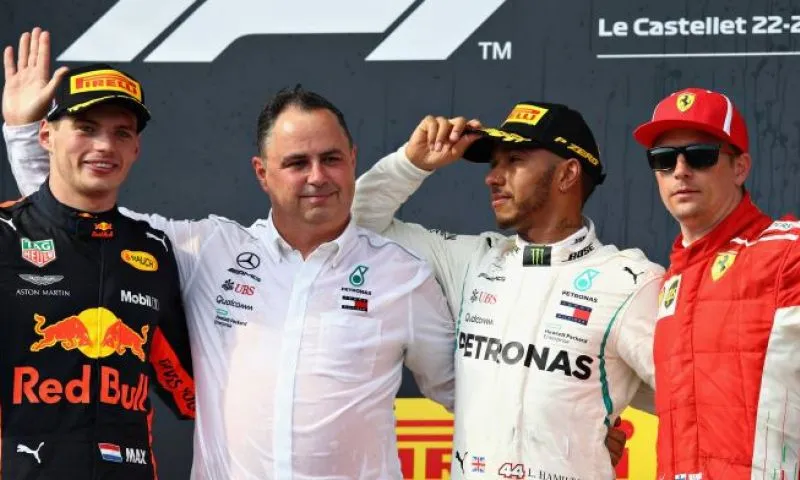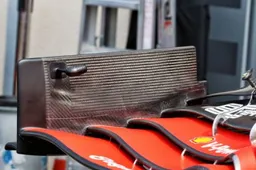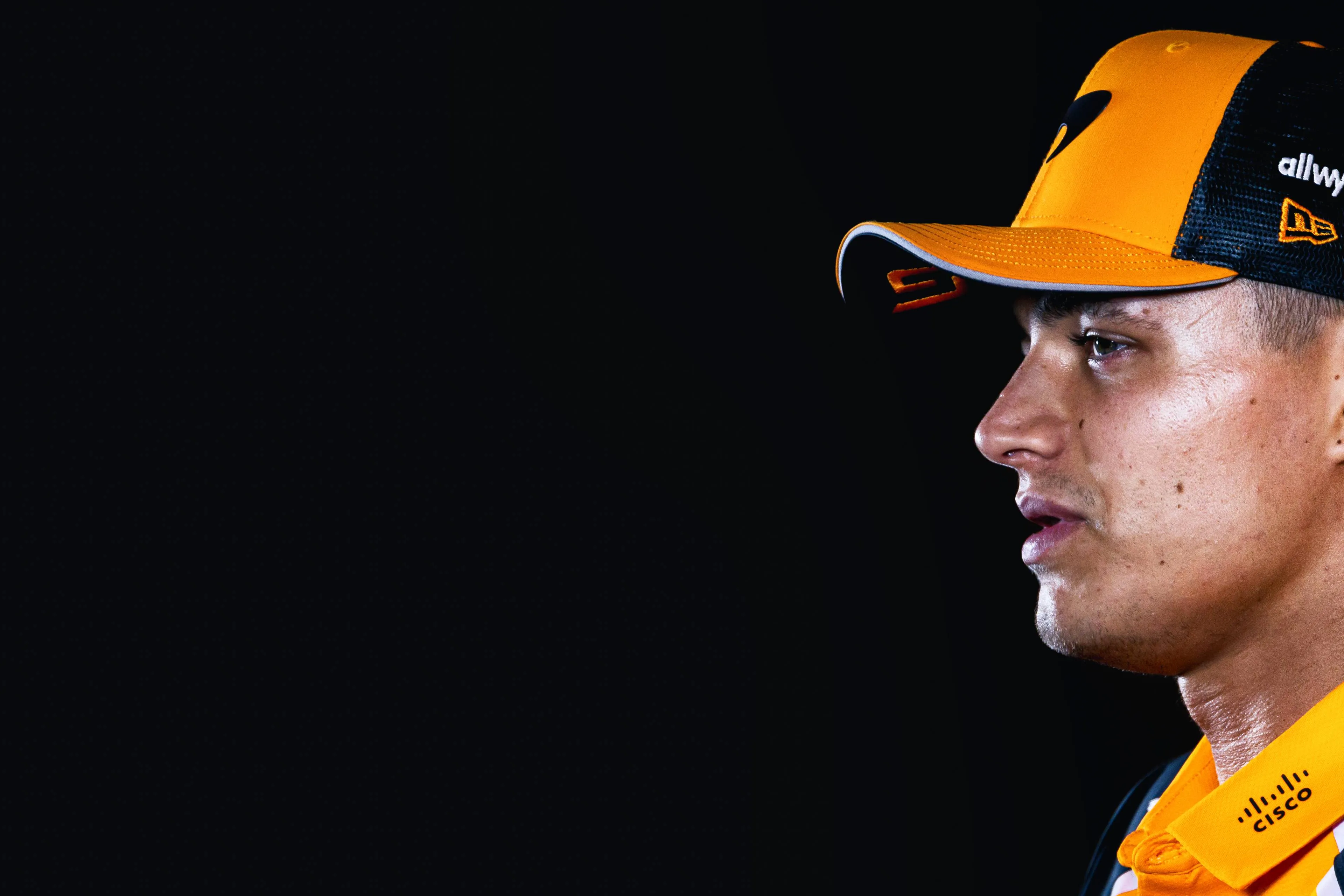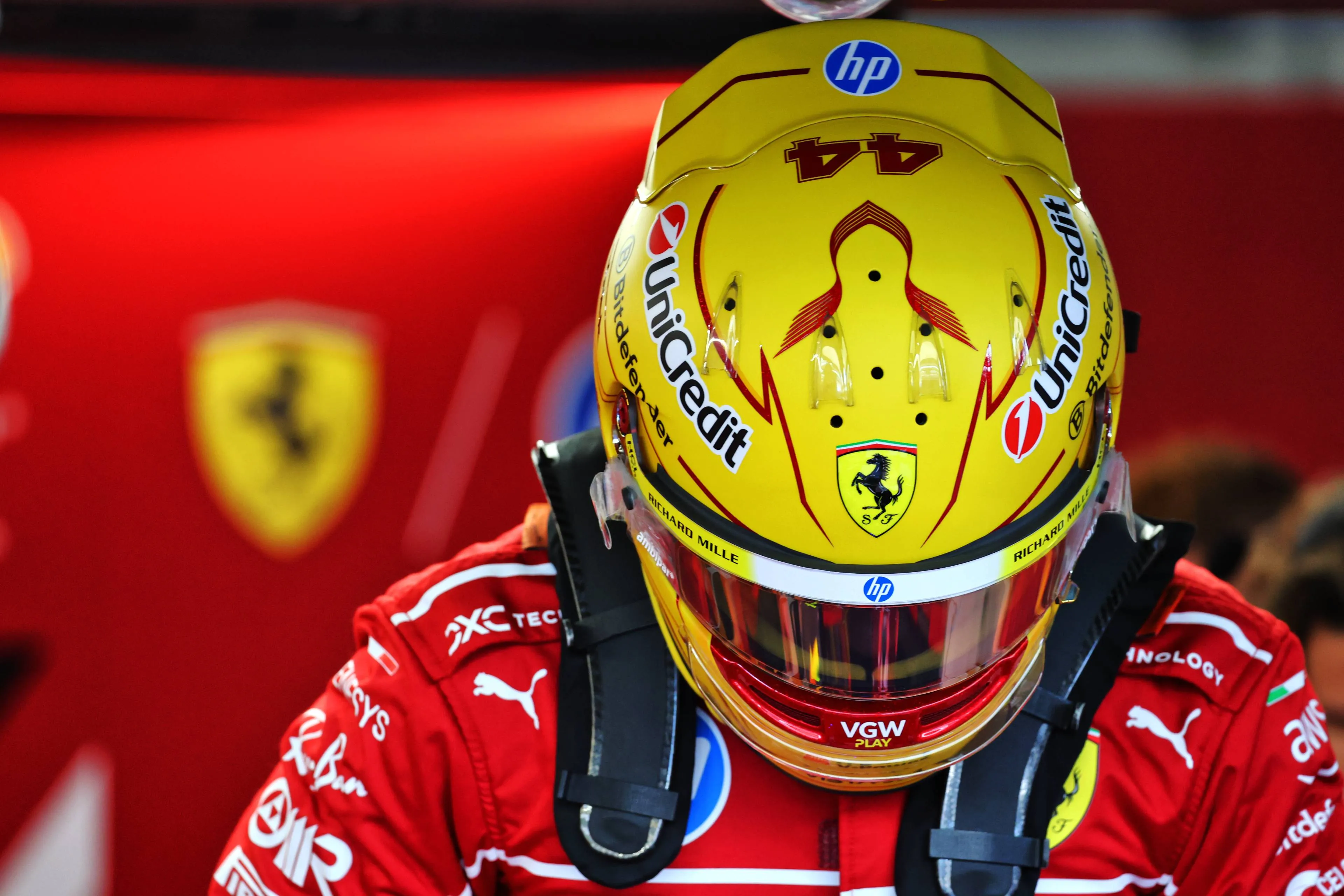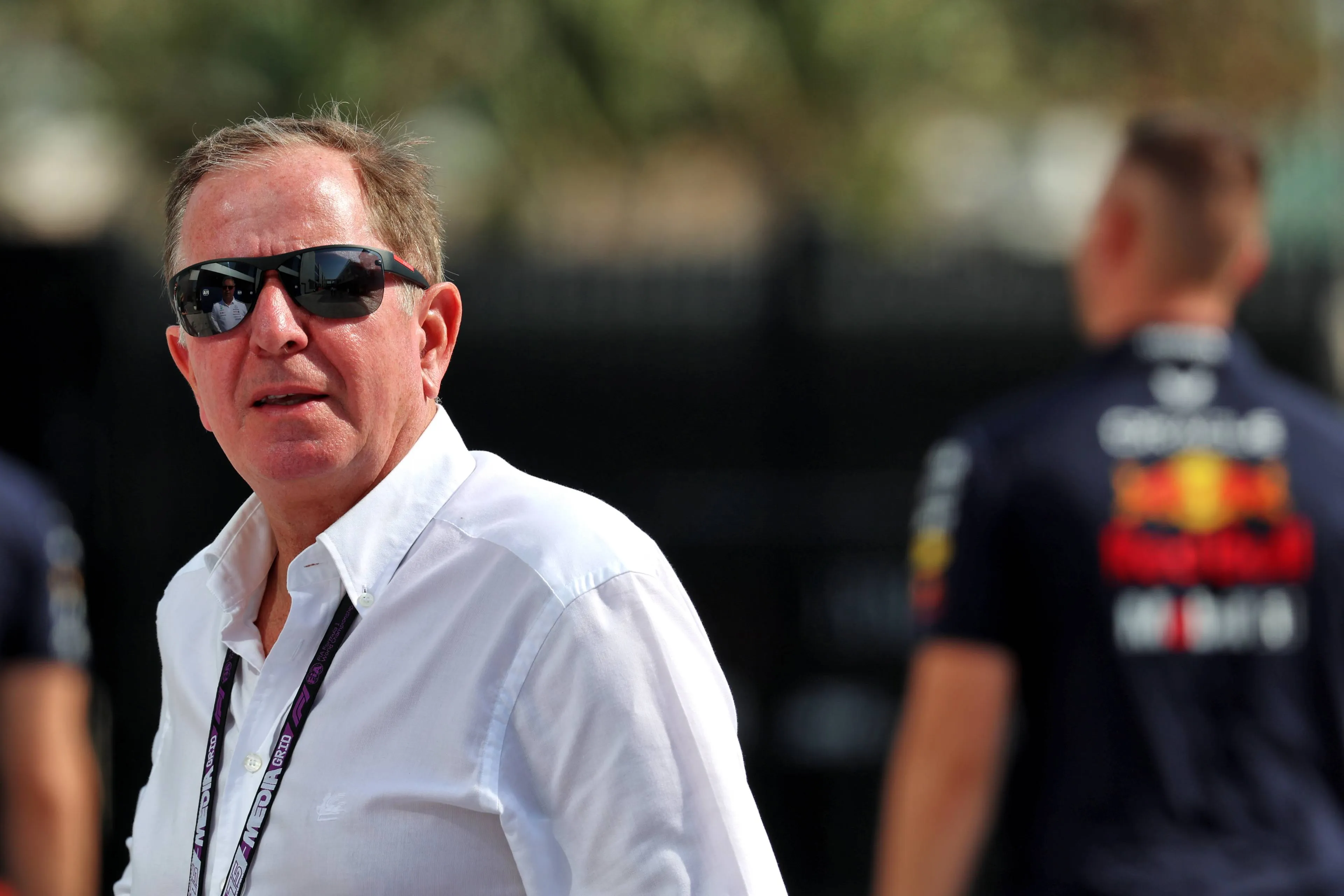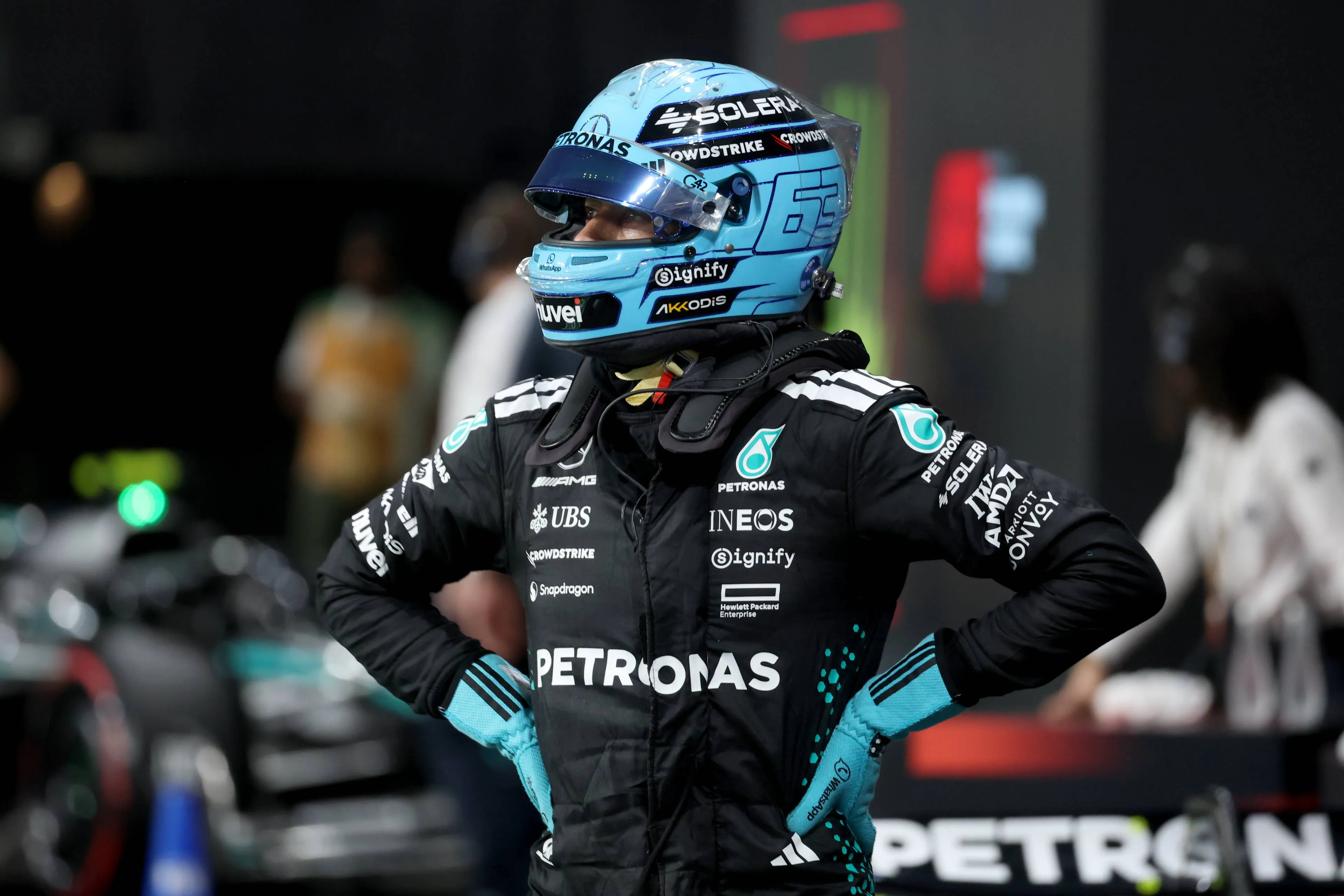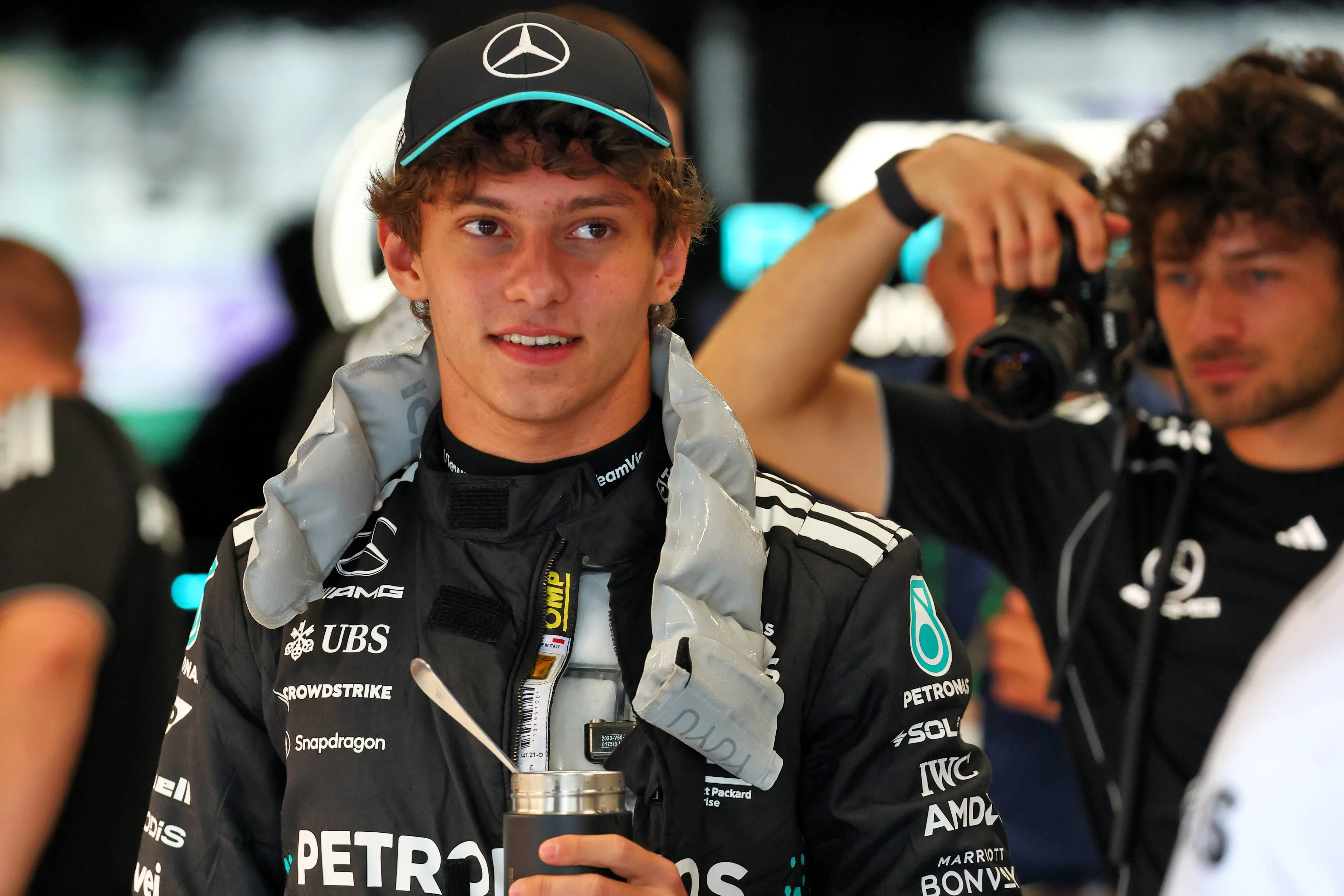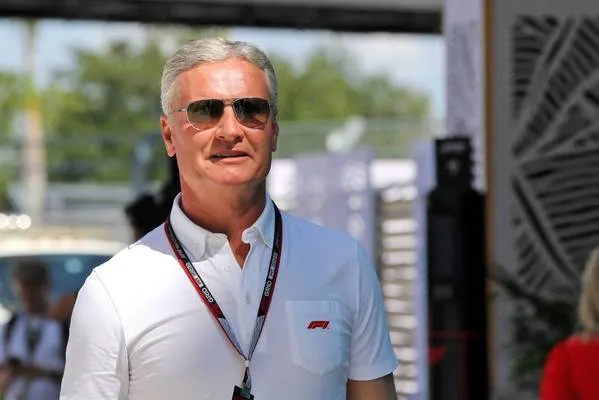With the French Grand Prix coming up this weekend, we break down the venue, Paul Ricard, and how teams will likely drive during the weekend at Le Castellet in terms of tyre strategy and set-up.
Looking at the track as a whole, Paul Ricard really is bang in the middle in terms of downforce-heavy and power-heavy. You can basically split up the track into the first two sectors, which feature the two DRS zones and three straights (well, two straights, but the back straight is split up by a chicane). Then, there's the third sector, which features fast and long-winding corners, which are very taxing on the tyres.
Adding to this is the type of corners in the two 'halves' of the circuit. While the first handful of corners (from the home straight until the back straight) require good grip and rotation at low speeds, the final sector has faster, and particularly longer corners. There is no set-up for both of these characteristics, which is why teams tend to run a 'medium' amount of downforce in their set-up. So, for context, somewhere in between Monaco, the most downforce-heavy circuit on the calendar, and Monza, the most power-heavy circuit.
Overtaking
When looking at overtaking opportunities, there is one obvious spot - the chicane at the end of the back straight. It's at the end of a DRS zone, but you'll need straight-line speed to make a move stick. Another reason not to run too much downforce. Yes, overtaking is possible in the first, twisty sector, but you'll have more risk in doing so (remember Sebastian Vettel on Valtteri Bottas last year?). Food for thought for the teams.
Nursing tyres
Like it or not, nursing tyres has become integral in modern Formula 1, and Paul Ricard is one of those tracks where it's highlighted most.
The very hard braking zone at the chicane on the Mistral straight, the straight itself, the high-speed, flat-out turn 11 at the end of it, and the long-winding corners that follow directly after; doing this for almost two hours requires incredible amounts of tyre management, seeing the most popular strategy will probably be a one-stop, as it was last year.
Strategy
All but three cars ran one-stoppers in 2018, and those three cars were involved in lap one collisions (Vettel, Bottas and Fernando Alonso).
Expect more of the same again. The top teams will try to make it to Q3 on the medium compound (which Red Bull Racing and Mercedes succeeded in doing) and stop once for hard tyres. The rest of the top ten will do the same, but will try to make the soft tyres last as long as possible, putting them at a slight disadvantage on paper.
A medium downforce set-up was most popular in 2018 as well. Will teams switch it up this year, having more data on Paul Ricard now. Or more of the same? We suspect the latter.
Read more about:
Popular on GPBlog
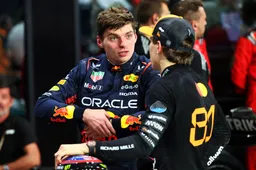
1
Norris crash gave Lambiase crucial idea says Max: 'It was the right call'
1757 times read
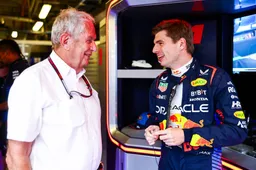
2
Marko makes striking statement after Verstappen's pole: 'McLaren bluffed quite a bit'
1484 times read
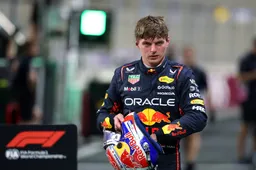
3
McLaren not at all surprised by Verstappen: 'Red Bull played hide and seek'
1060 times read
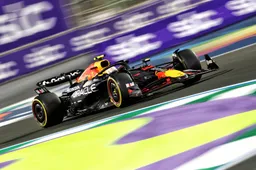
4
F1 Live | Follow Qualifying for the 2025 Saudi Arabian Grand Prix!
930 times read
